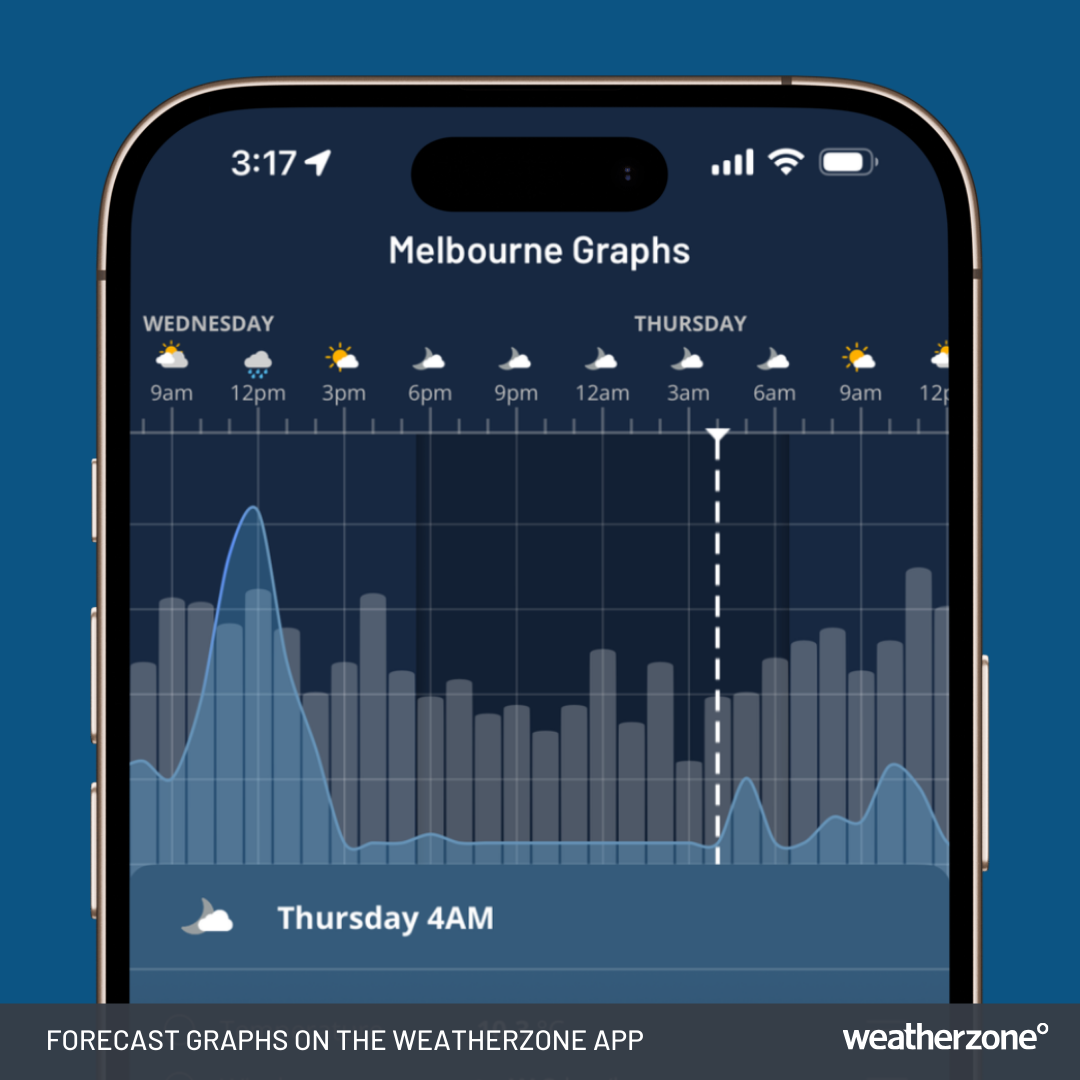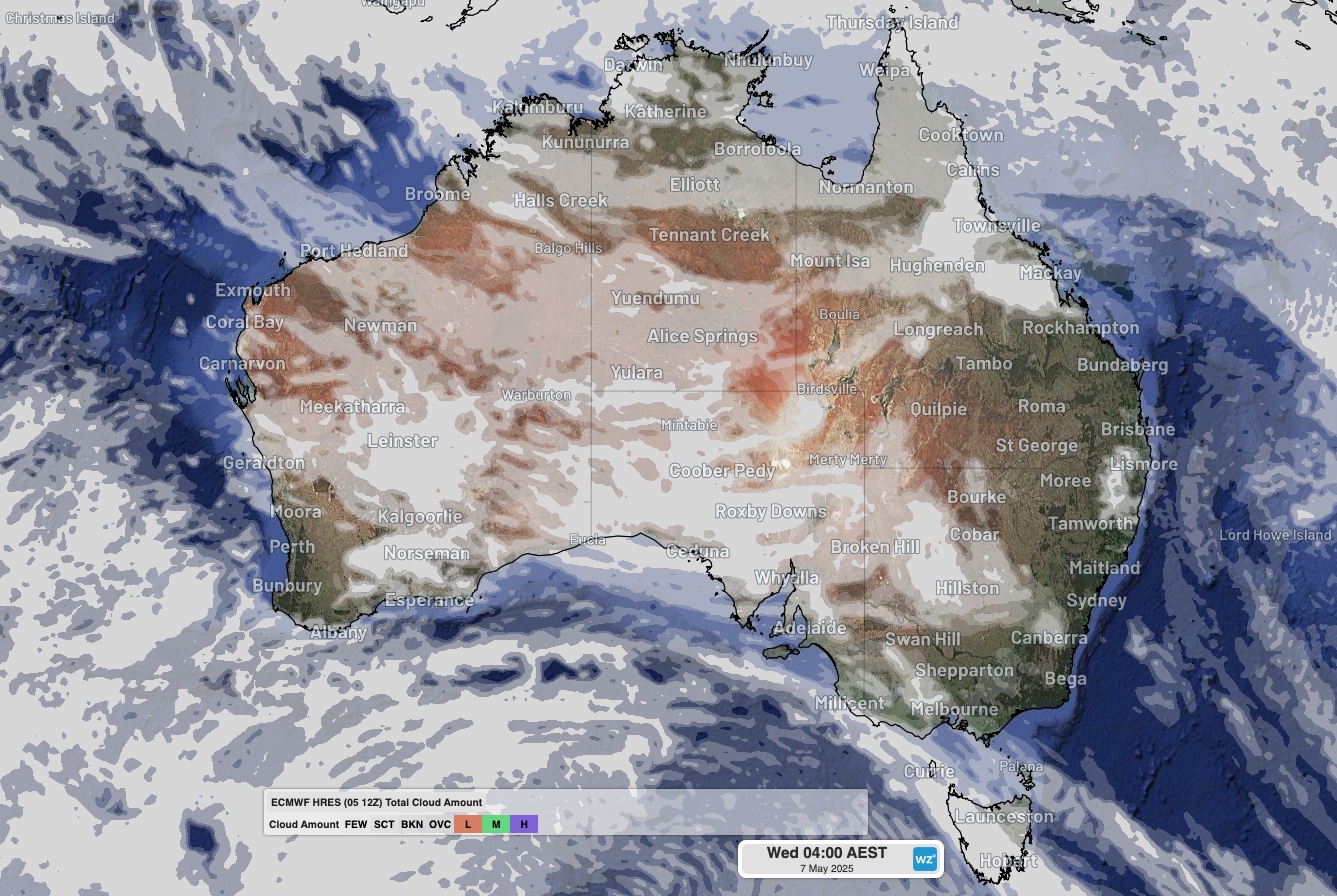Eta Aquariids meteor shower – how to see it from Australia
The Eta Aquariids meteor shower is reaching its annual peak, offering stargazers an opportunity to see meteors zipping across the night sky above Australia this week. Here’s what you need to know about this year’s Eta Aquariids.
What is the Eta Aquariids meteor shower?
The Eta Aquariids is a meteor shower that becomes visible in Earth’s atmosphere in late April and May each year, reaching a peak around May 5-7.
The Eta Aquariids meteor shower occurs when Earth passes through a trail of small particles left in the wake of Comet Halley (also known as Halley’s Comet). When these tiny particles – roughly the size of a grain of sand to a grain of rice – enter Earth’s atmosphere, they interact with atoms and create long streaks of bright light.
Meteor showers are named after the celestial point in the sky from which the meteors appear to originate, which is called the radiant. In this case, the meteors appear to originate from an area of the sky where we can see the constellation Aquarius, close to a bright star called Eta Aquarii, which is why we refer to it as the Eta Aquariids meteor shower.

Image: Forecast Graphs on the Weatherzone app for Melbourne, Vic, showing chance of rain (free) and cloud coverage (available on Pro subscription).
How to see the Eta Aquariids meteor shower
You don’t need any special equipment to see the Eta Aquariids and 2025 will be a good year to see the meteors because the moon will be below the horizon when the showers are at the best viewing angle.
For your best chance to see the Eta Aquariids meteor shower, find a dark area away from light pollution and look up at the sky towards the east between 3am and sunrise. It can help to give your eyes around 20 minutes to get used to the dark and take a chair or mat so you can relax while looking up at the sky.
The Eta Aquariids can be seen from both the Northern and Southern Hemispheres, although they are best viewed from south of the equator because the radiant will be higher in the night sky.
Like all meteor showers, clear skies or at least breaks in the cloud are needed to witness the Eta Aquariids. The map below gives an approximation of where clouds may be present at 4am AEST on Thursday, May 7.

Image: Forecast cloud cover at 4am AEST on Thursday, May 7, 2025.
If you miss this year’s Eta Aquariids, you’ll have another chance to witness meteors created by Comet Halley’s trail when the Orionid meteor shower occurs in October.